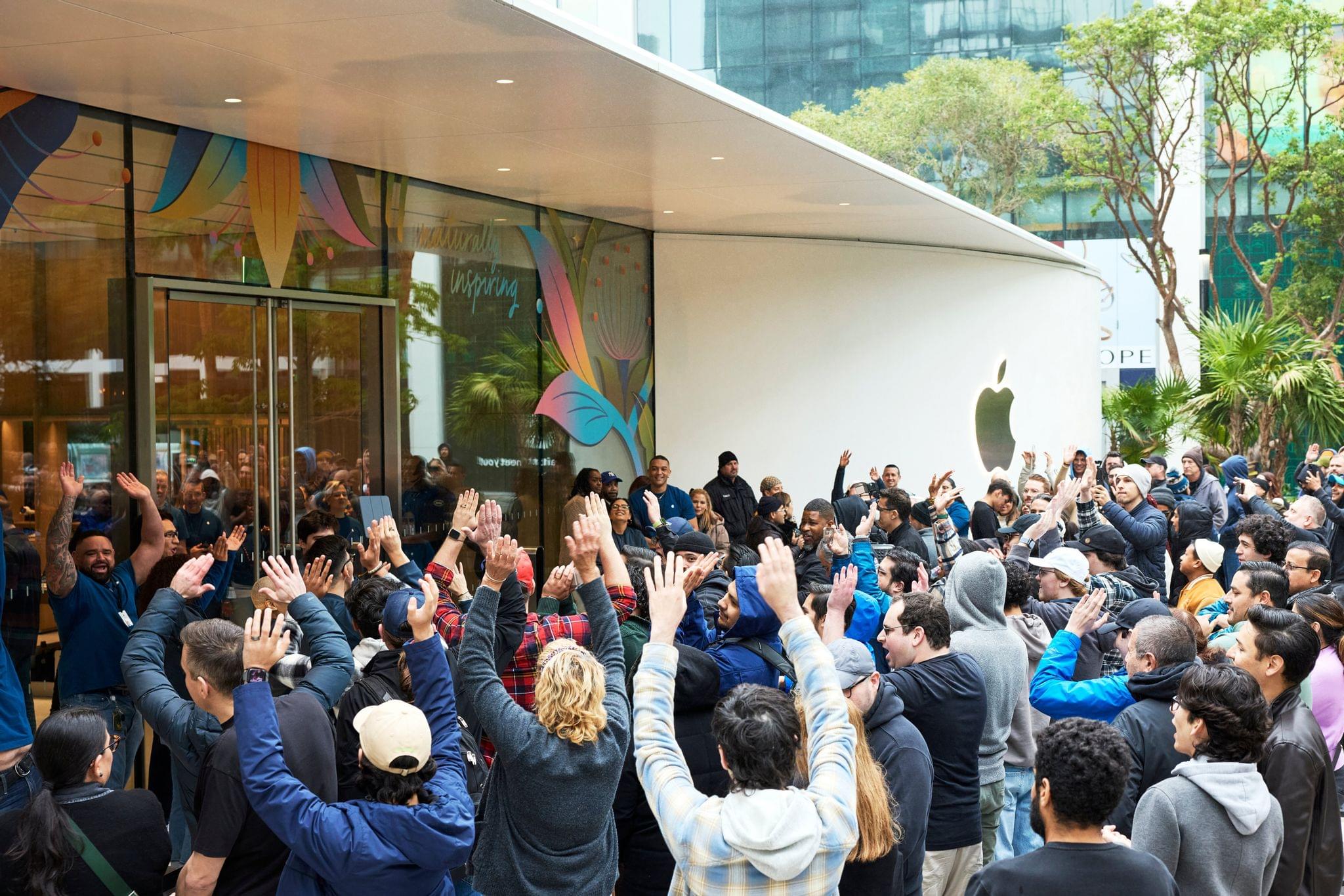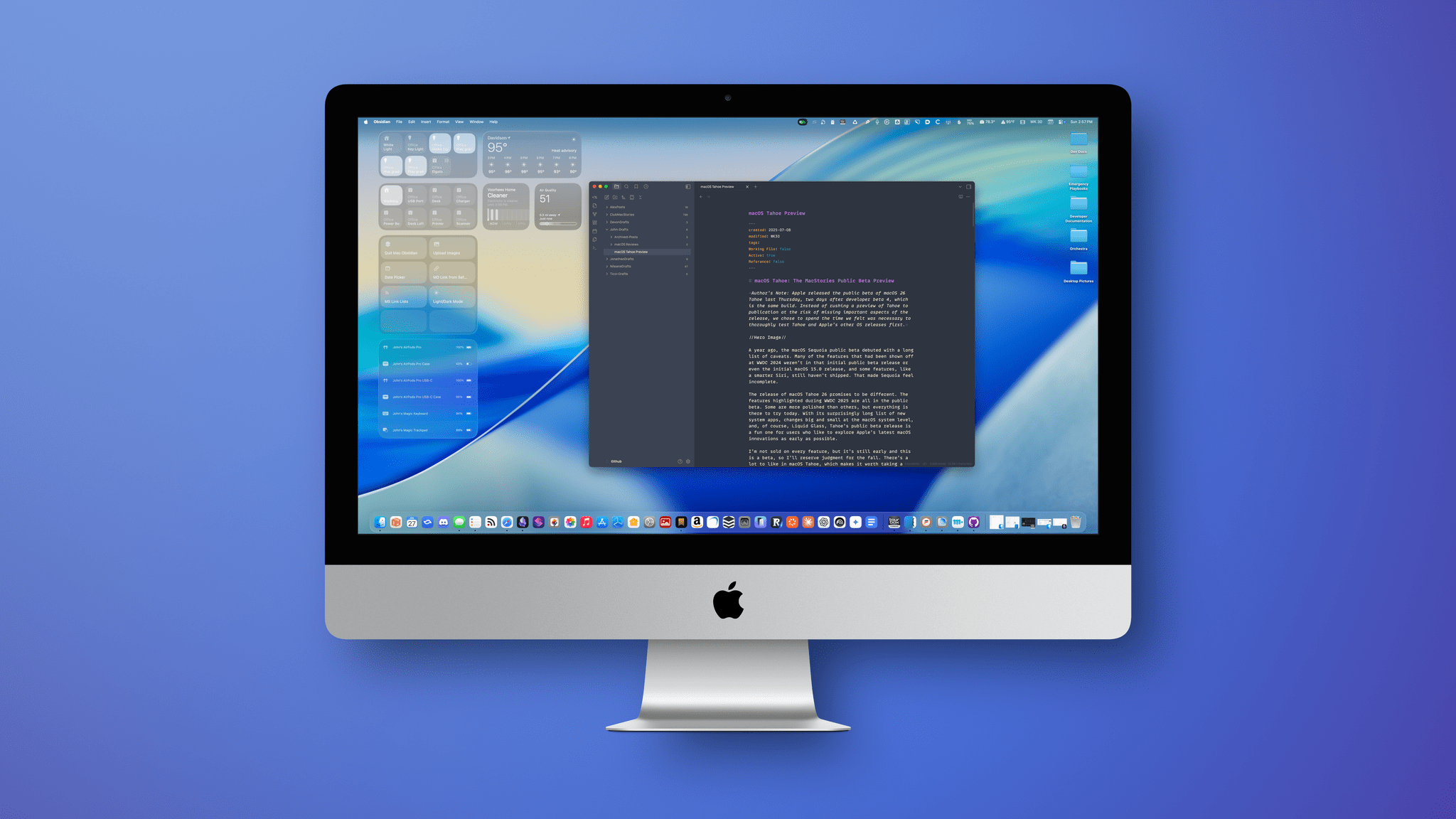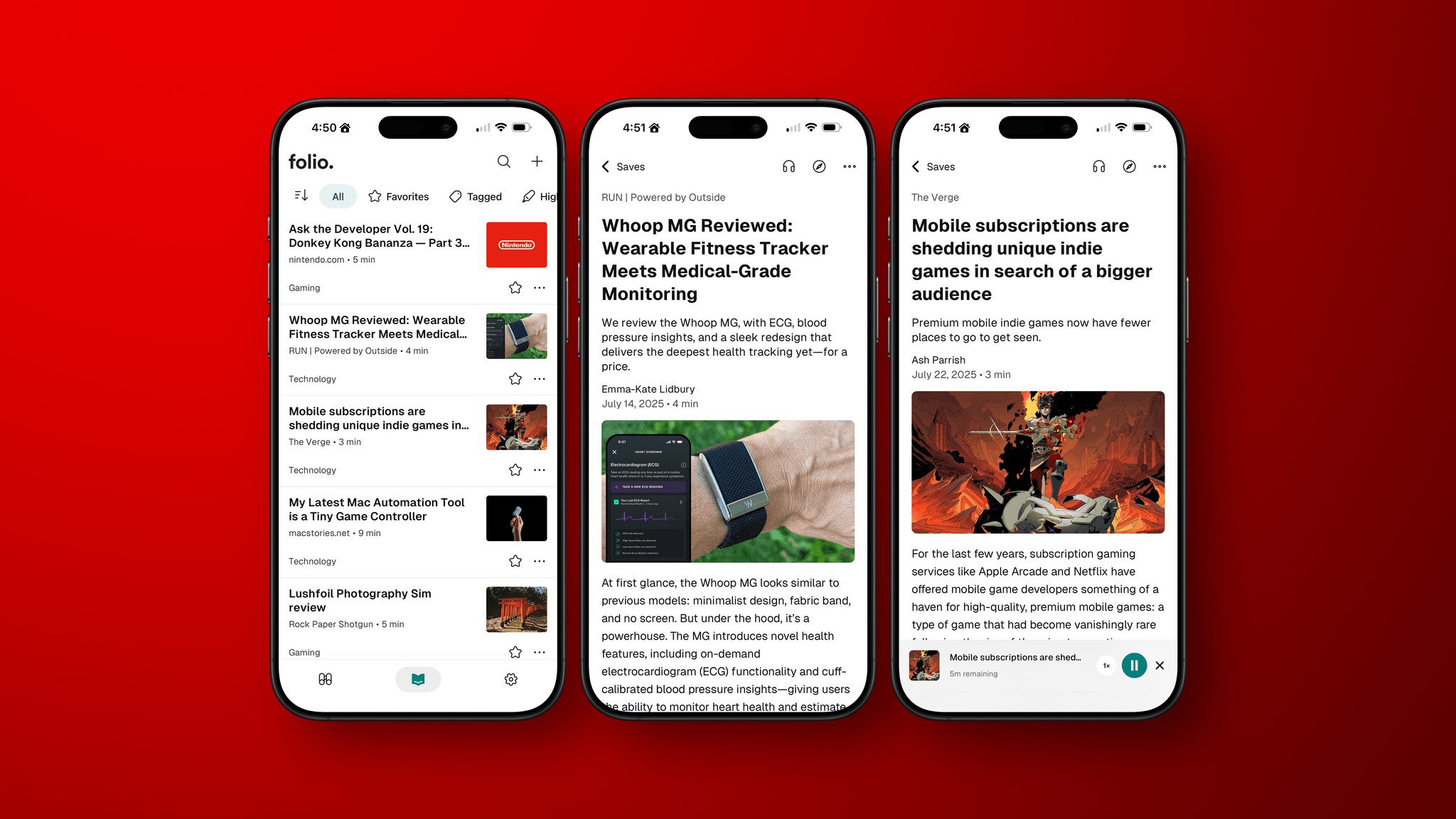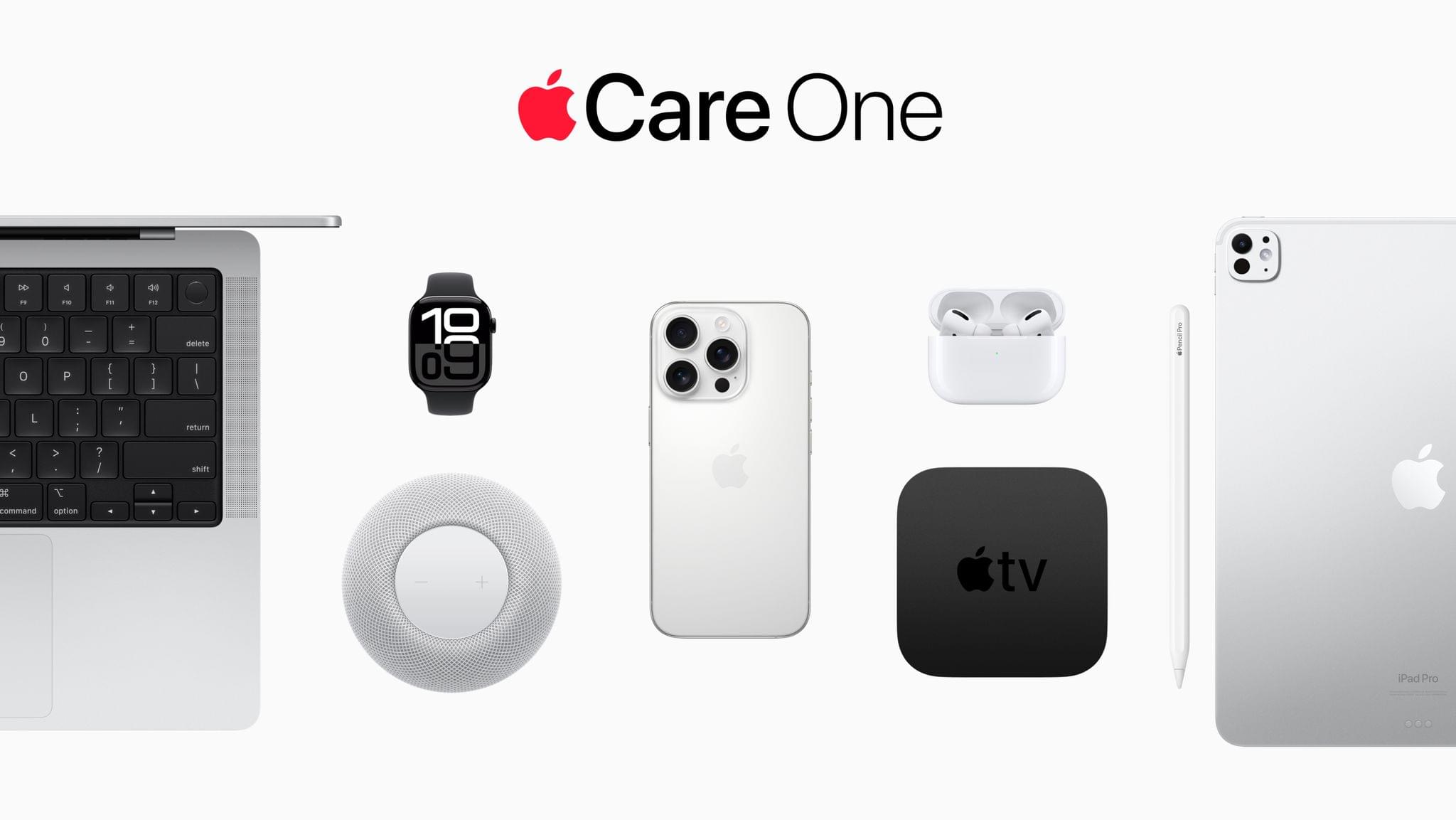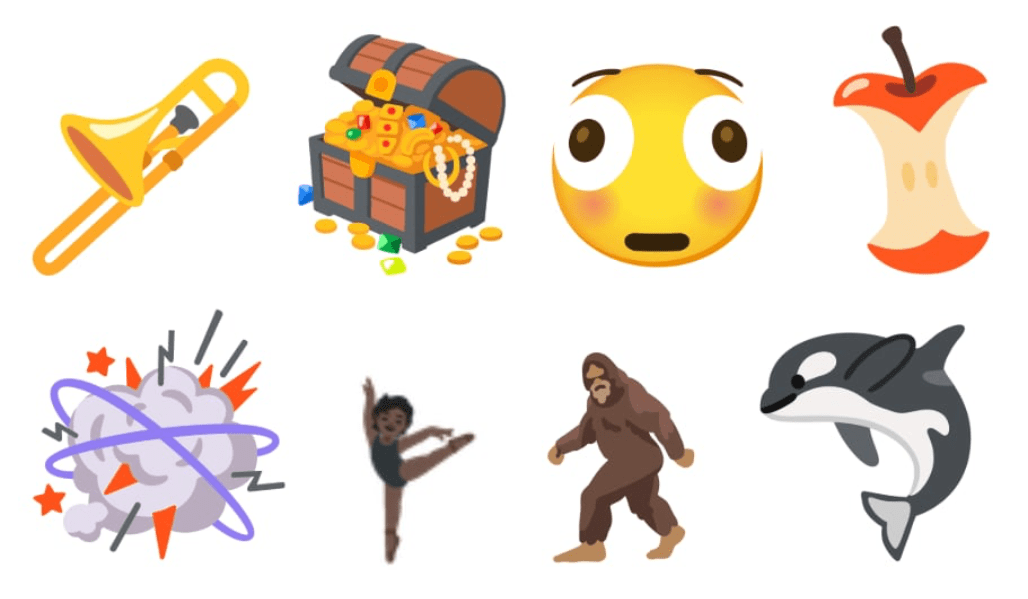Michael Teo Van Runkle, writing for Ars Technica, spent eight days testing CarPlay Ultra in an Aston Martin DB12 Volante. Van Runkle walks readers through the setup process, covers the themes available, and describes the experience of monitoring and controlling the car’s systems using Apple’s next-generation version of CarPlay.
By and large, Van Runkle’s experience was positive:
Ultra’s biggest improvements over preceding CarPlay generations are in the center console infotainment integration. Being able to access climate controls, drive modes, and traction settings without leaving the intuitive suite of CarPlay makes life much easier. In fact, changing between drive modes and turning traction control off or down via Aston’s nifty adjustable system caused less latency and lagging in the displays in Ultra. And for climate, Ultra actually brings up a much better screen after spinning the physical rotaries on the center console than you get through Aston’s UI—plus, I found a way to make the ventilated seats blow stronger, which I never located through the innate UI despite purposefully searching for a similar menu page.
That said, it was not without glitches and hiccups along the way, some of which were difficult to pin on CarPlay Ultra versus Aston Martin’s systems.
Precious few auto makers have signed on to offer CarPlay Ultra, but Kia and Porsche have said they will, too, which is a start. I remember when CarPlay debuted in 2014 with a similarly small lineup composed mostly of luxury brands like Ferrari and Mercedes-Benz. So, it’s not surprising Ultra is debuting in a car that starts at $265,000. It took years before the original CarPlay trickled down to ordinary, everyday cars. But they did, and now, with a few notable exceptions, like Tesla, Rivian, and GM EVs, you can find CarPlay in most makes and models.
I hope CarPlay Ultra follows a similar trajectory. It looks great, and I’d love to have it in my next car, which I can confidently predict now will not be an Aston Martin.


